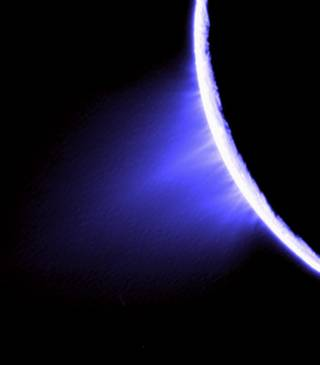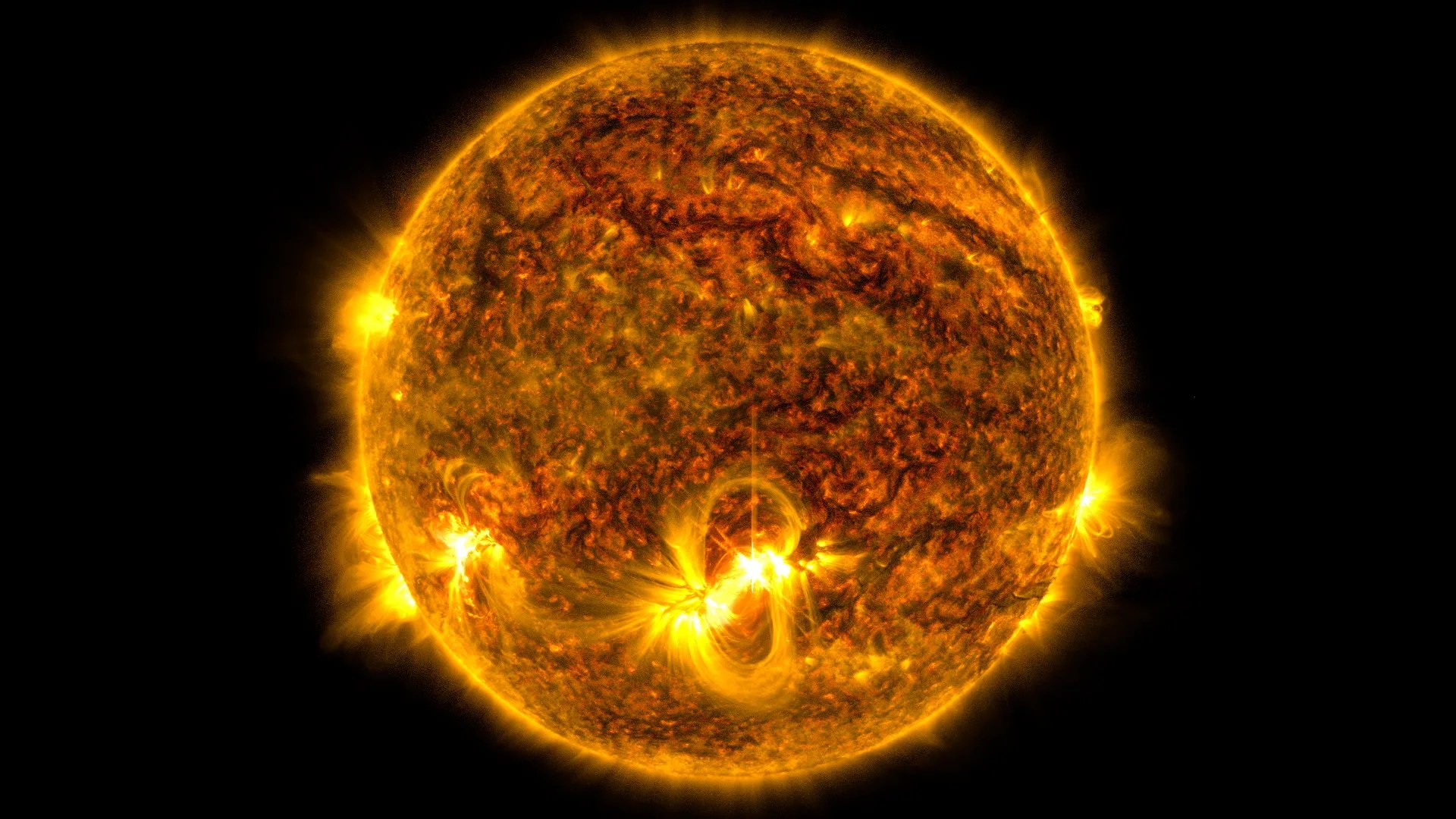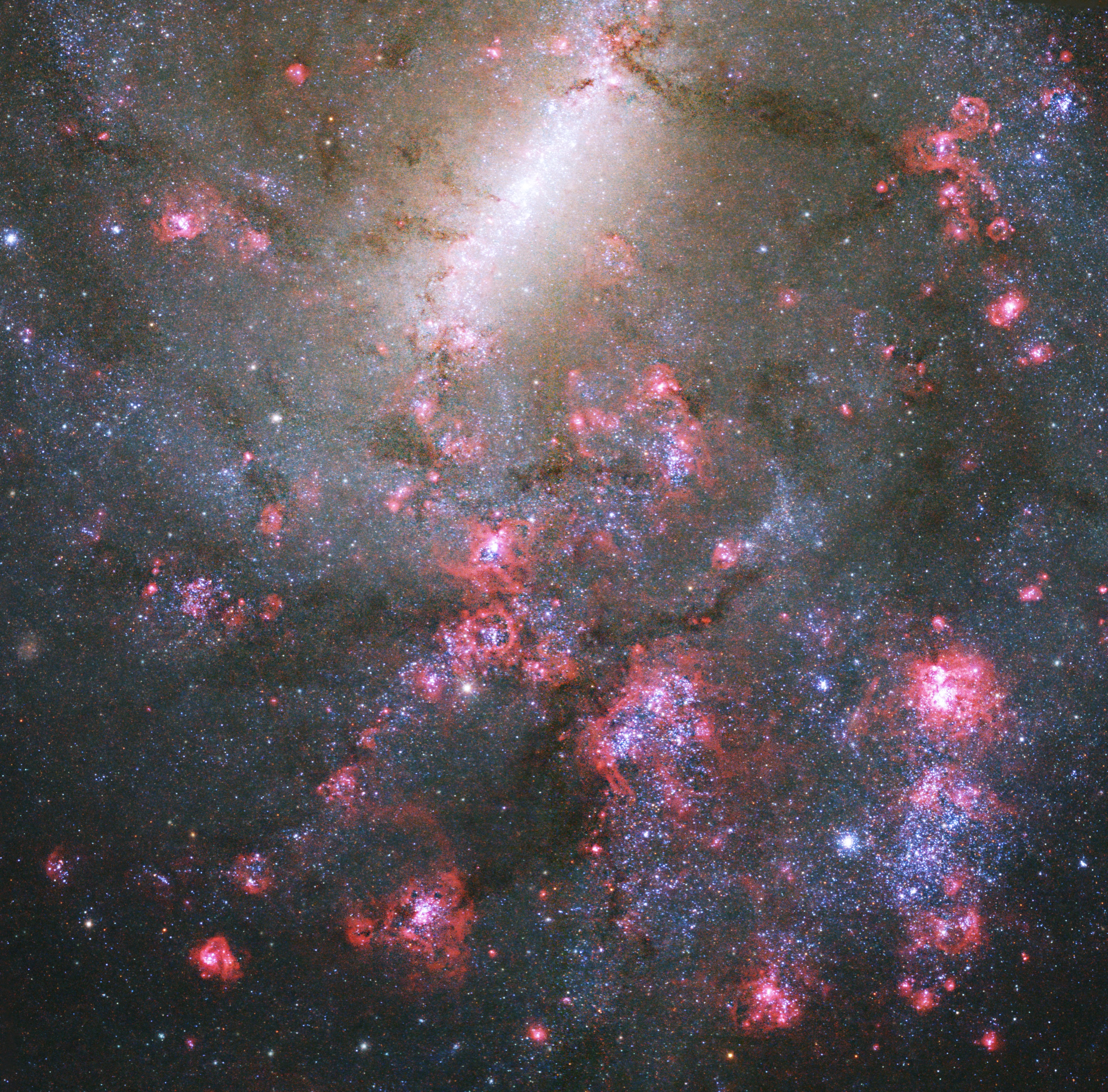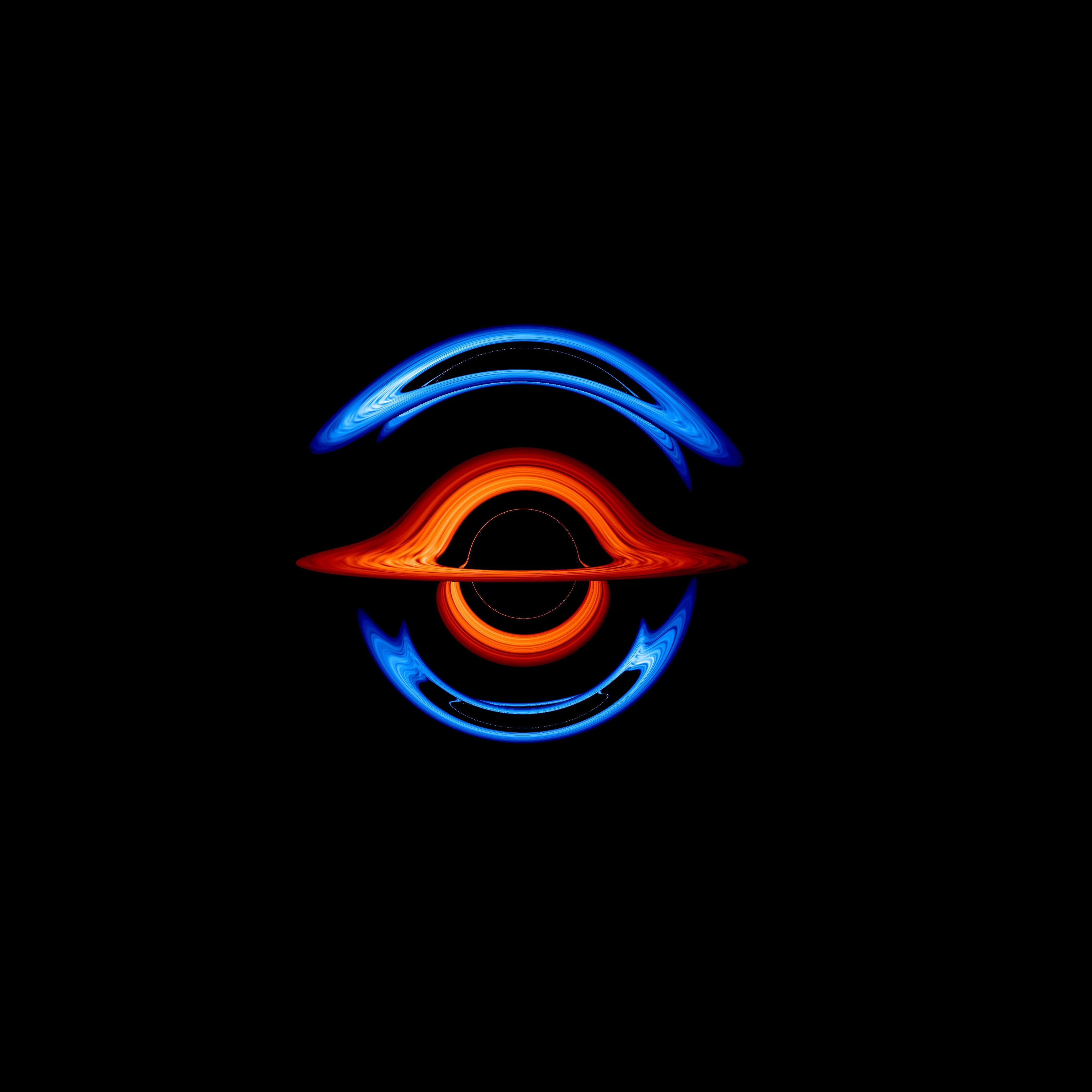How do exoplanets get their names?

Exoplanet names can look long and complicated at first, especially in comparison to names like Venus and Mars. But they have a logic behind them that is important to scientists cataloging thousands of planets.
Astronomers differentiate between the alphanumeric "designations" and alphabetical "proper names." All stars and exoplanets have designations, but very few have proper names.
Let’s use HD 189733 b (a blue-ish planet where it may rain glass sideways) as an example. The first part of the name is usually the telescope or survey that found it. In this case "HD" stands for the "Henry Draper Catalogue,” a widely-used star catalog. The number 189733 is the order in which the star was catalogued by position (the 189,733rd star added to the catalog).
The lowercase letter "b" stands for the planet, in the order in which the planet was found. The first planet found is always named b, with ensuing planets named c, d, e, f and so on. The star that the exoplanet orbits is usually the undeclared "A" of the system, which can be useful if the system contains multiple stars, which themselves may be designated B, C. (Stars are designated with capital letters; planets receive lowercase designations.) If a bunch of exoplanets around the same star are found at once, the planet closest to its star is named b with more distant planets named c, d, e and so on.
In recent years, the International Astronomical Union, the international authority for the naming of celestial objects, has started the process of adopting proper names for exoplanets. The first batch of named exoplanets came from a contest open to the public, and included about 15 stars and 20 exoplanets. From the contest, the first giant exoplanet discovered in 1995 (51 Peg b) was named "Dimidium" and its host star (51 Peg) "Helvetios."




